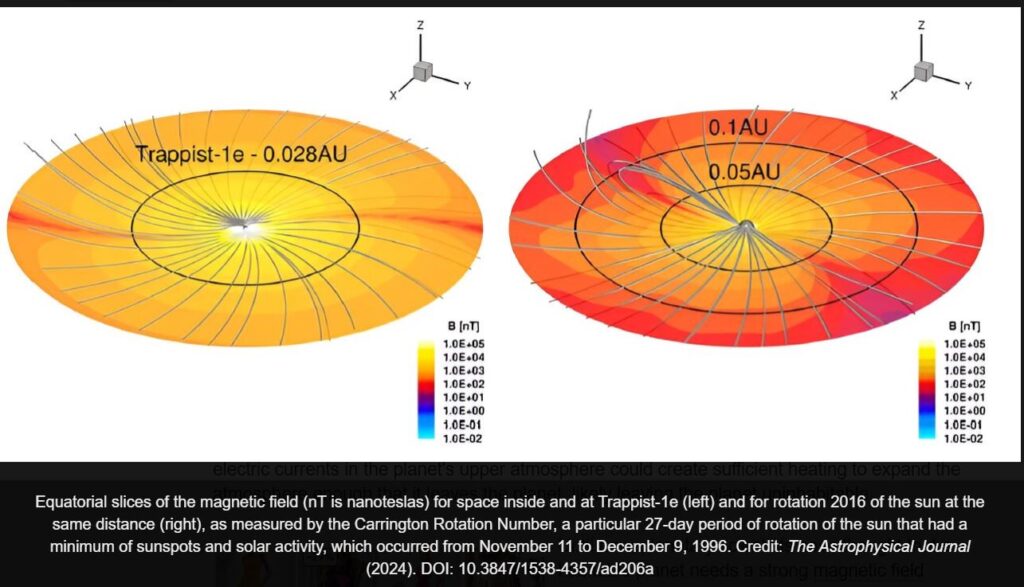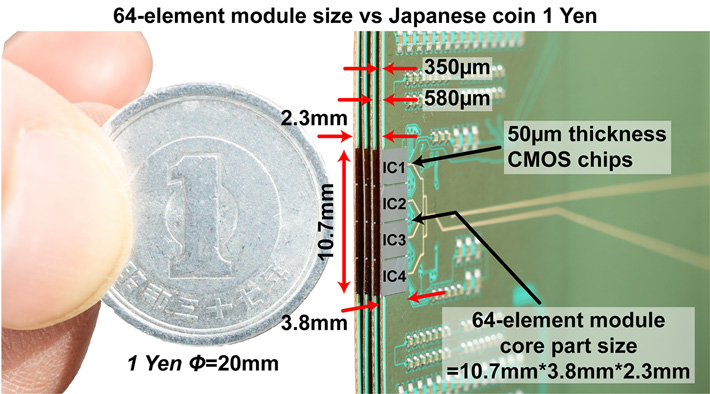
Astrophysicists studying a popular exoplanet in its star’s habitable zone have found that electric currents in the planet’s upper atmosphere could create sufficient heating to expand the atmosphere enough that it leaves the planet, likely leaving the planet uninhabitable.
Until now, planetary scientists have thought that a habitable planet needs a strong magnetic field surrounding it to act as a shield, directing ionized particles, X-rays and ultraviolet radiation in the stellar wind around and away from its atmosphere.
That’s what happens on Earth, preventing dangerous radiation from reaching life on the surface, and what does not occur on Mars, which now lacks a global magnetic field, meaning any initial inhabitants of the red planet will probably need to live in underground caves...









Recent Comments